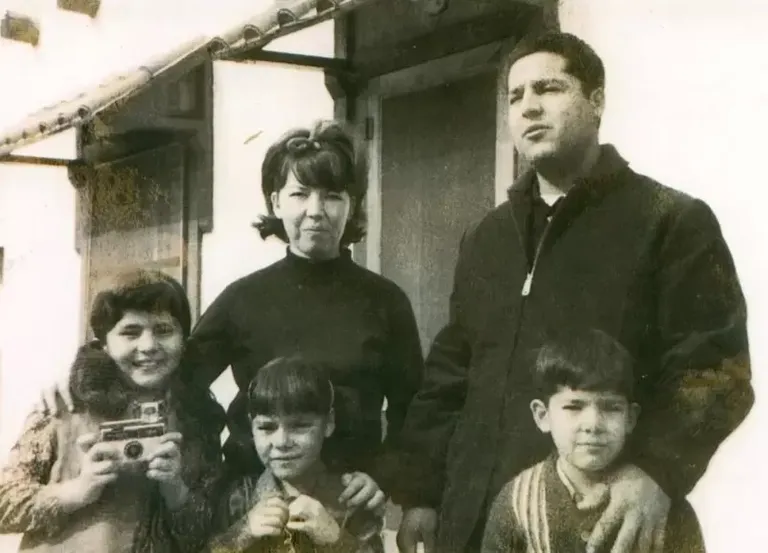source
On the morning of July 16, 1945, Demecio Peralta of the United States, as usual, grazed his cow in the garden next to his field, as part of his daily routine.
DeMassio lived with his wife and children in a small three-room house on the outskirts of New Mexico, and his village at that time had a population of only a thousand.
His wife, Francesquita Silva Peralta, was pregnant at the time and was expecting her tenth child.
But this morning the couple's normal life was changed by the sound of a big explosion, which shook the earth and with the explosion came a cloud of 'more powerful than sunlight' glow and smoke. Were
Unaware of the fact that he had just witnessed such a catastrophic event, DeMassio arrived at his home, praying for the well-being of his children and wife, where he took refuge with his wife and two eldest daughters in a corner, weeping. Seen
The couple's youngest daughter, Genoa Peralta Porcela, told BBC Brazil that "the house was shaken by the blast and the windows were shattered. Everyone was thinking that maybe the end of the world was near."
When DeMasio later went to a nearby ranch to inspect his cattle, he found that not only the land but all his cows were covered with white powder and "there was snow everywhere."
Shortly afterwards, the Peralta family and others in the region discovered the cause of the explosion and the origin of the ash falling from the sky. A few kilometers away, the US government conducted the first test, the first atomic bomb test in the world.
It was part of the Trinity Test Manhattan Project, a program to build an atomic bomb during World War II.
Although the site chosen for the bombing is considered to be the Jorda del Morto Desert, a remote area where many families lived in isolated fields and small rural communities.
This population, many of whom were of Native American or Hispanic descent, was never evacuated from the region, nor were they warned about the test. Unaware that they were exposed to radiation, the locals continued to lead normal lives in the settlements even after the test.
But circumstances have shown that this test had a profound effect on these populations. After more than 75 years, survivors and their offspring have felt the effects for decades.
"I am the only one out of ten (sisters and brothers) who survived," said Porcela. Everyone else died of cancer.
Survivors in New Mexico have never been identified, unlike residents in the vicinity of subsequent nuclear tests who were compensated for poor health.
To this day, the families are looking forward to joining a government program that provides compensation to those affected.